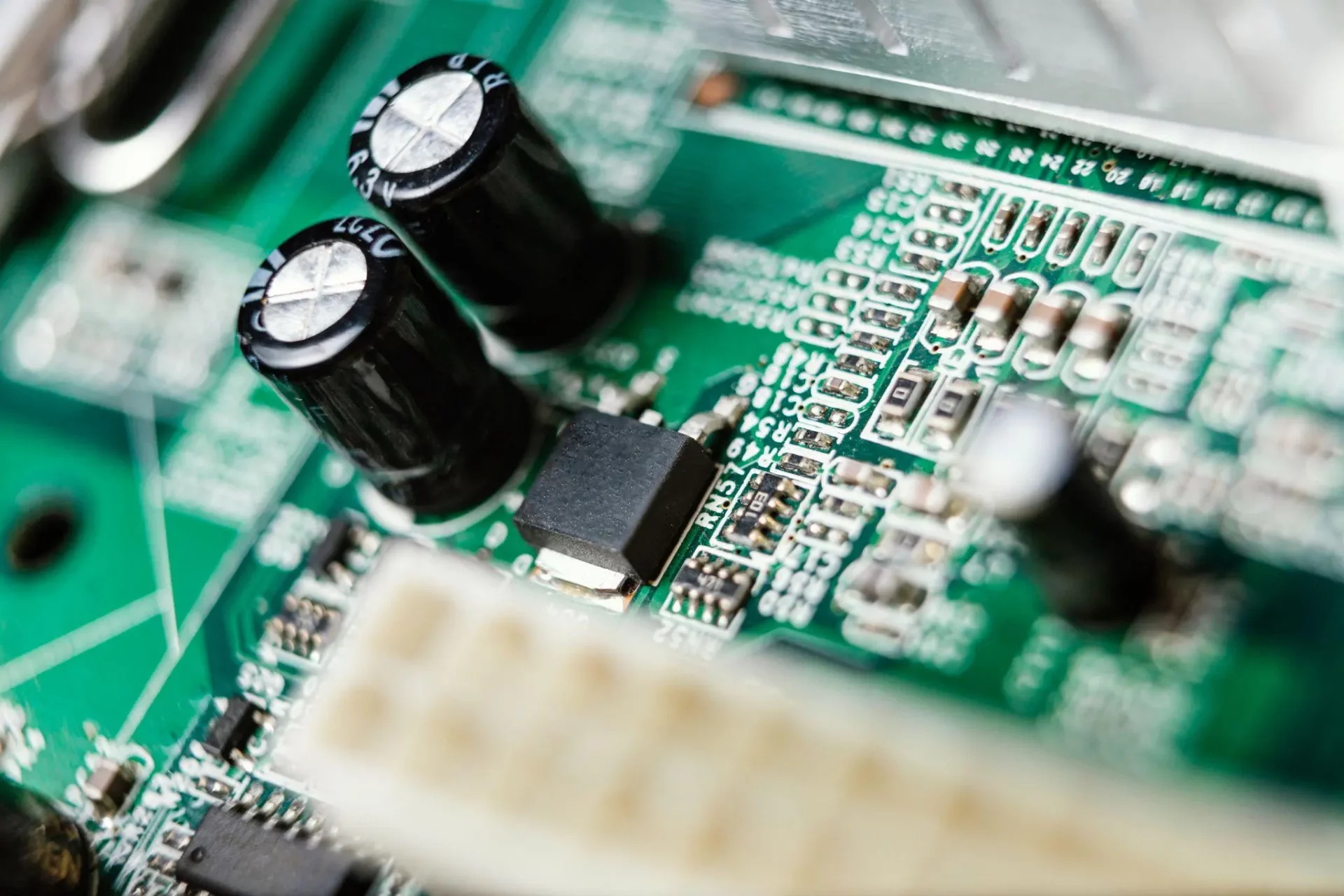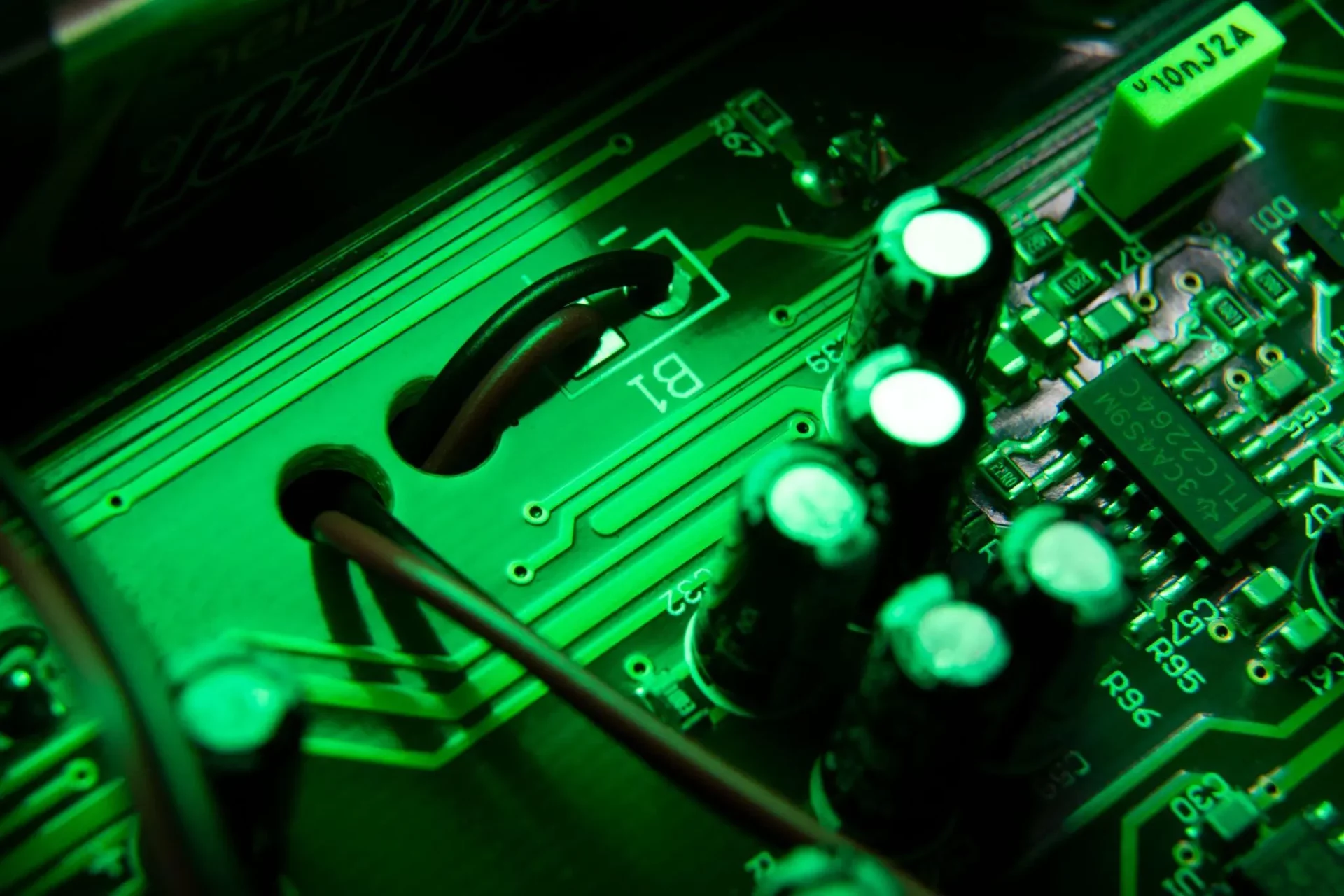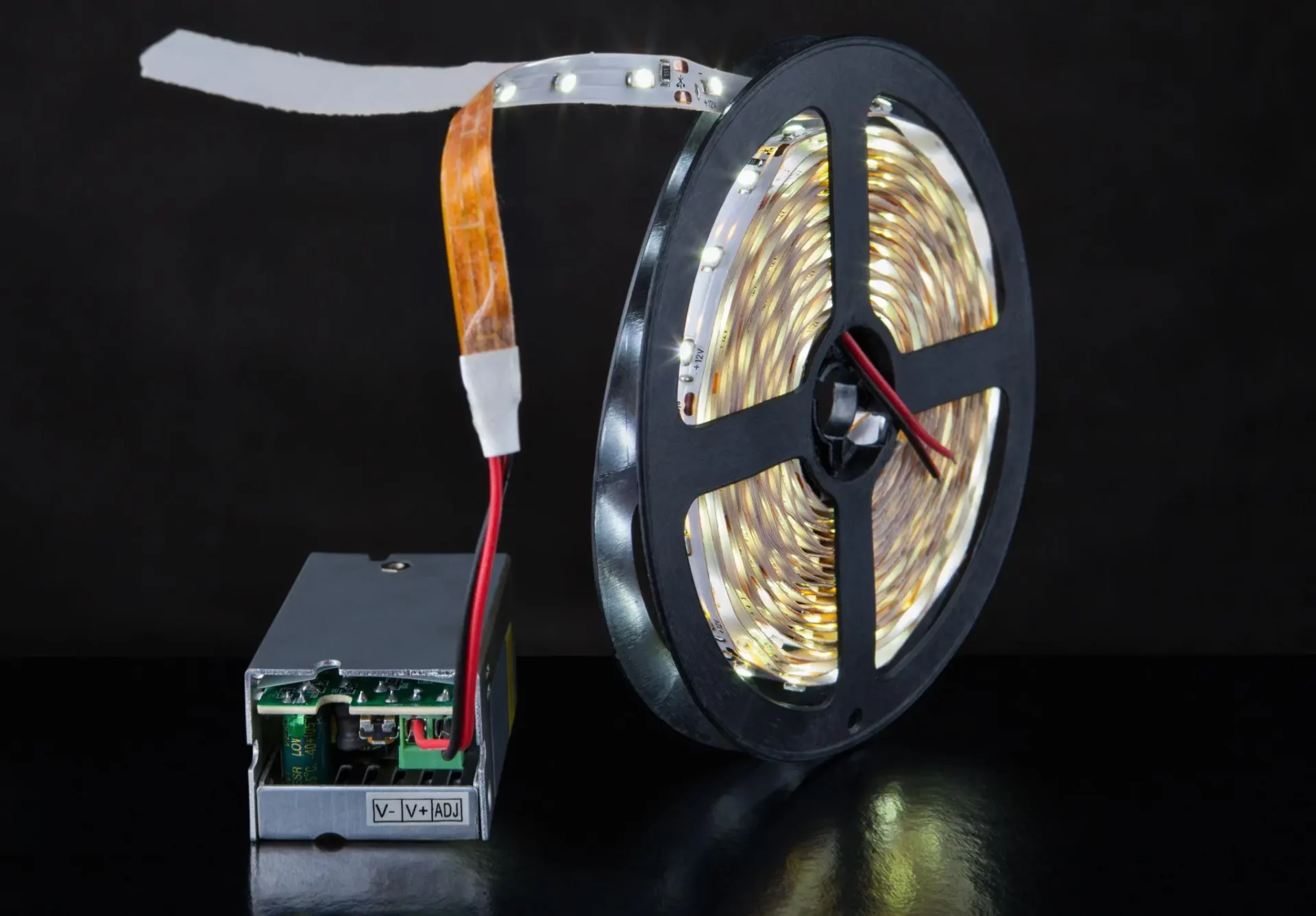An LED driver is the powerhouse behind the performance of LED lighting systems, providing a stable power supply that can adapt to the needs of LEDs, which are more complex than traditional incandescent bulbs.
This device is not just a power source but also a crucial component that ensures the longevity and efficiency of the LED by delivering the right amount of voltage and current.
Without a driver, LEDs would be at risk of premature failure due to the instability of the voltage supply, which may lead to overheating or fluctuating lighting output.

LED drivers perform a critical function by responding to the varying needs of the LED or LED array, adjusting the voltage and current accordingly as the operating characteristics of the LEDs change with temperature.
While the fundamental purpose of these drivers is universal, they come in different forms and specifications tailored to support the diversity of LED technology applications. These include constant current and constant voltage drivers, each designed to match the specific type of LED product they power, whether it’s a single LED or a complex arrangement of lights.
Understanding how to match an LED driver to a particular lighting setup is key to ensuring optimal performance.
The driver maintains the efficiency of the LED by providing a constant power level that can accommodate the dynamic electrical characteristics of LEDs.
Selecting the right driver, therefore, not only safeguards the LED against potential damage but also maximizes the light output and the effective lifespan of the lighting system.
LED drivers are the essential components that ensure the efficient operation and longevity of LED lights. They address the specific electrical requirements of LEDs by managing power delivery.
An LED driver is a type of power supply that delivers a regulated amount of direct current (DC) to an LED. Unlike conventional bulbs, LEDs cannot connect directly to alternating current (AC) sources without potentially being damaged by fluctuations in voltage and current. LED drivers convert AC to DC and maintain the current flowing to an LED within safe parameters.
Typically, an LED driver’s output matches the wattage and voltage recommended for the connected LED or LED array.
Controlling the power supplied to an LED is crucial for two primary reasons: to prevent damage and to ensure optimal performance.
LEDs are sensitive to both over and under-powering. Exceeding the recommended voltage or current can lead to premature burn-out, while insufficient power can cause dim lighting and poor color quality.
LED drivers also adapt to changes in the forward voltage requirements of LEDs as they heat up during operation, providing a continuous, stable power supply.

LED drivers are essential for ensuring the proper functioning and longevity of LED technology. They provide a constant power supply, match specific electrical characteristics of LED modules, and can adapt to varying input voltages while maintaining the quality of the light output.
Constant current LED drivers supply a fixed output current and vary the voltage according to the load. They are ideal for applications where the LED configuration is known and doesn’t change, ensuring optimal efficiency and life span for high-power LEDs.
In contrast, constant voltage LED drivers deliver a fixed voltage, with the current varying based on the load. This type is better suited for LED applications that require a stable voltage and might have variable configurations.
Both types of drivers can operate with either AC or DC current input. The choice between a constant current and constant voltage LED driver depends on the specific requirements of the LED application at hand.

In the realm of LED lighting systems, the intricacies of their drivers’ specifications and design hold the key to their performance and longevity. Understanding and choosing the right components are pivotal to meeting specific lighting requirements and ensuring safety.
Input Voltage: This refers to the range of voltage the driver can accept, which typically must align with the power source available.
Maximum Output Voltage & Current: The driver must supply the correct voltage (V) and current (A) to the LEDs. Overpowering can lead to thermal runaway, where the LED overheats, leading to system failure.
Output Power (Watts): Indicates the total amount of power the driver can deliver to the connected LEDs.
Dimming Functionality: Some drivers offer dimming capabilities, which can be controlled by:
Safety Features: Essential to prevent damage or hazards, safety features include:
When selecting a driver, one must consider:

Effective installation and maintenance of LED drivers are crucial for the longevity and performance of LED lighting systems. Correct procedures ensure that the lighting system functions efficiently, while routine maintenance will keep the system running optimally over time.
When installing an LED driver, one must take into account whether the LED system requires an AC or DC driver. AC LED drivers are used when the power supply is coming from an alternating current (AC), whereas DC drivers are suitable for systems that operate on direct current (DC).
It is essential to match the forward voltage and drive current specifications of the LED to the output characteristics of the driver to avoid damage.
Dimming capabilities, such as 0-10V or TRIAC dimming, must be supported by both the driver and the LED fixture.
For dimmable drivers, connect the dimming cable to the appropriate dimming controller.
Programmable LED drivers offer additional flexibility but require setting up through software or interface provided by the manufacturer.
Secure the driver to the light fixture or an adjacent surface, and connect the output wires to the LED. If the driver is a boost driver, it will increase the voltage to meet the LED’s forward voltage requirements.
Always follow electrical safety standards during installation.
Maintenance of LED drivers typically involves routine checks to ensure they are functioning correctly. Protect the drivers from power surges that can lead to premature failure.
Over time, connectors may loosen, so it’s important to periodically check the connections for security and signs of wear.
For systems with dimmable LED drivers, especially involving complex setups like 0-10V or TRIAC dimming, it’s also important to confirm the continued compatibility and proper function of the dimming system.
Proper thermal management and ensuring the driver is free from dust and debris will contribute to the system’s longevity.
Here are some key concerns and queries around LED drivers that are addressed to provide clarity and guidance for their selection, differences, troubleshooting, necessity, and installation.
The appropriate LED driver for a lighting setup is determined by matching the driver’s output voltage and current capacity to the electrical characteristics of the LED light(s) it will power. The total voltage drop of the LED array and maximum current requirements are especially important consideration points.
LED drivers come in various forms, with the primary categories being constant current (CC) or constant voltage (CV) drivers. Additionally, there are dimmable and non-dimmable drivers, as well as those with programmable or fixed output parameters.
A constant current LED driver maintains a consistent current and adapts the voltage to the LED load, optimal for driving individual LEDs or serial LED configurations. Conversely, a constant voltage LED driver supplies a fixed voltage suited for parallel LED configurations, with the current being determined by the LEDs’ resistance.
Signs of a malfunctioning LED driver include flickering lights, audible humming, visible damage on the driver, or complete lack of output, leading to non-illuminated LEDs. These symptoms necessitate further testing with a multimeter or replacement.
Not all LED installations require a driver. LEDs integrated into fixtures with built-in resistors or those designed to run on standard mains voltage do not need an external driver. However, most low-voltage, high-power LEDs and LED arrays necessitate a driver to regulate power.
To properly connect an LED driver to a power source, one must first ensure that the electric power source matches the driver’s input requirements. The driver’s “input” wires should be connected to the power source, and the “output” wires should be connected to the LED light’s corresponding wires, observing proper polarity and secure connections.